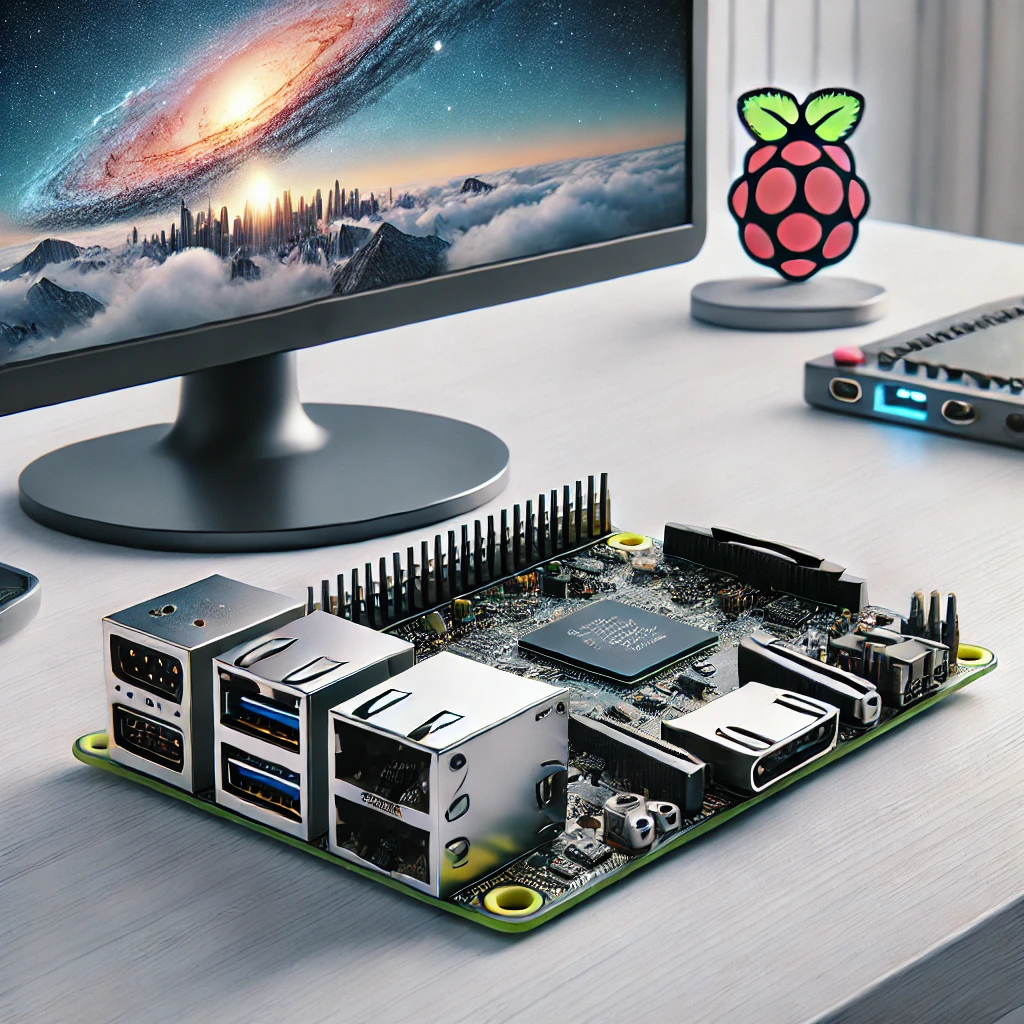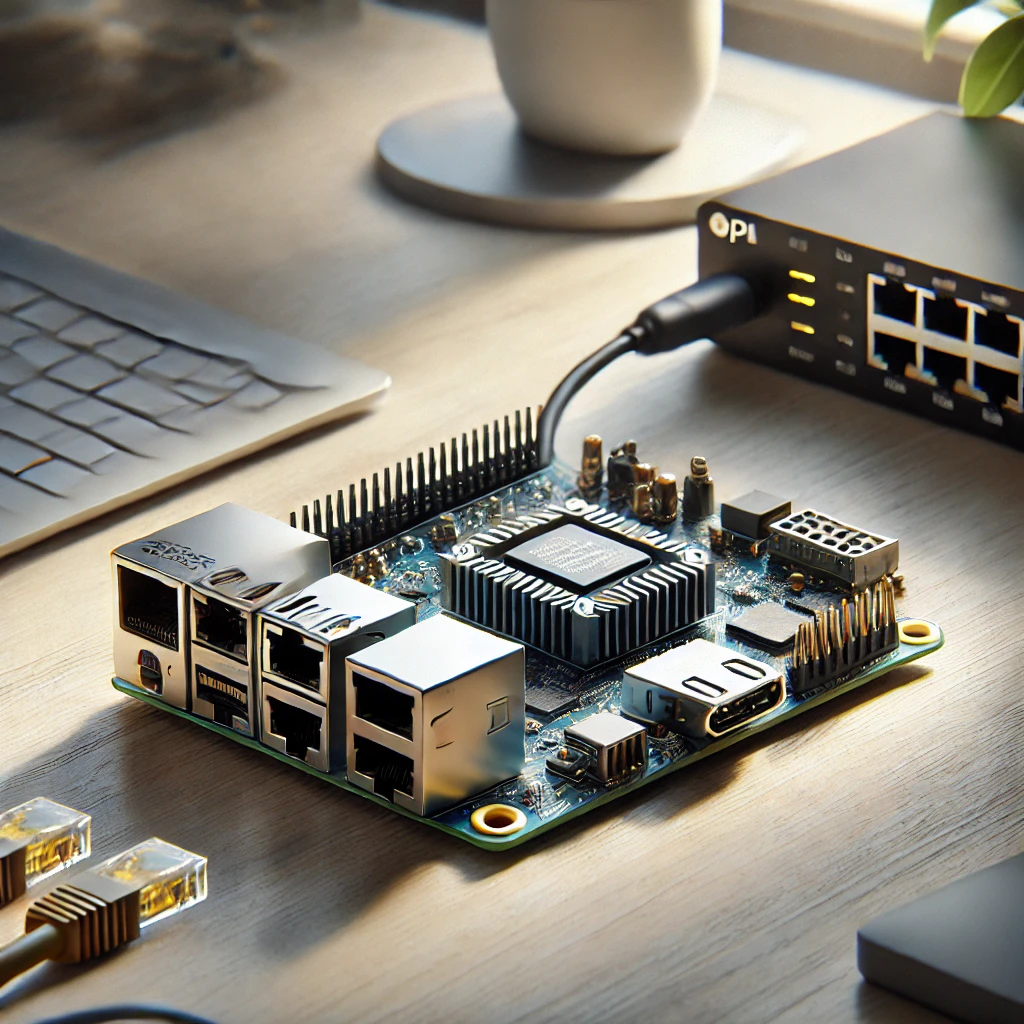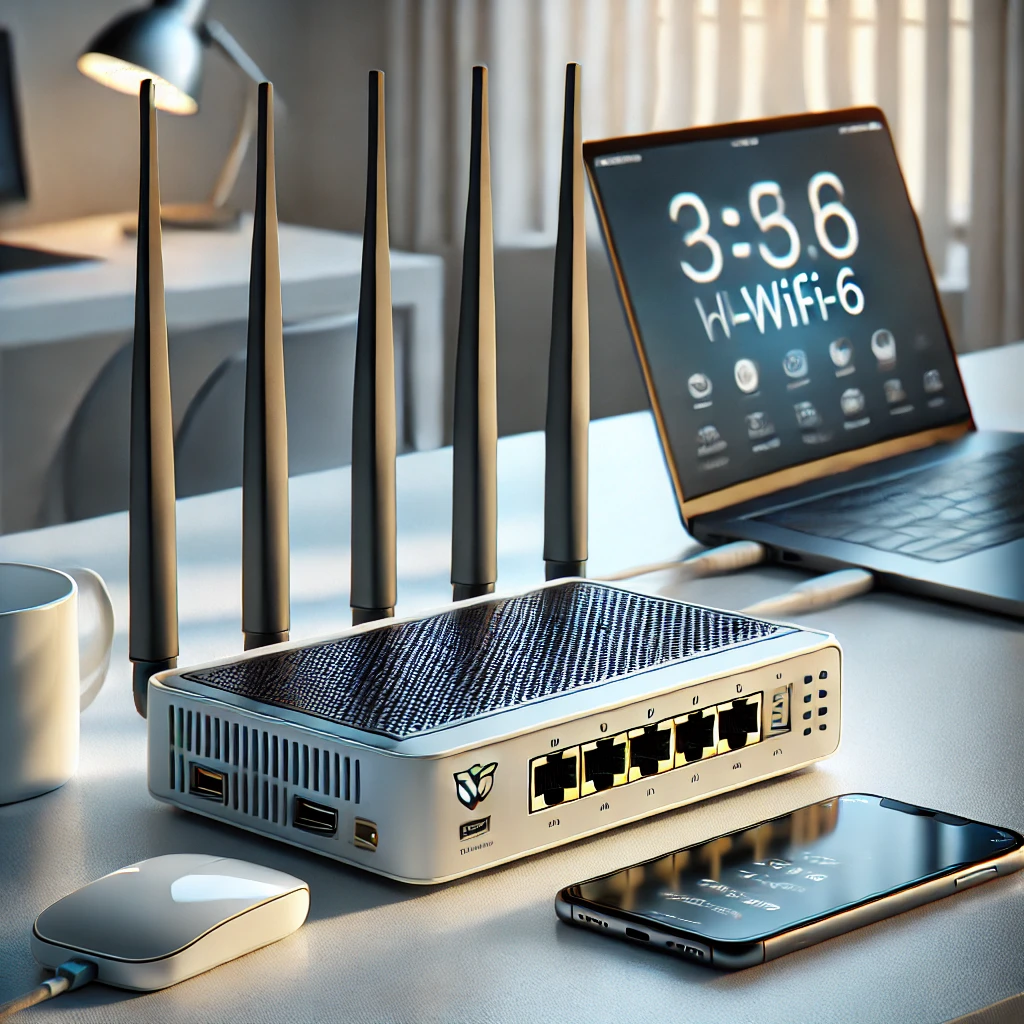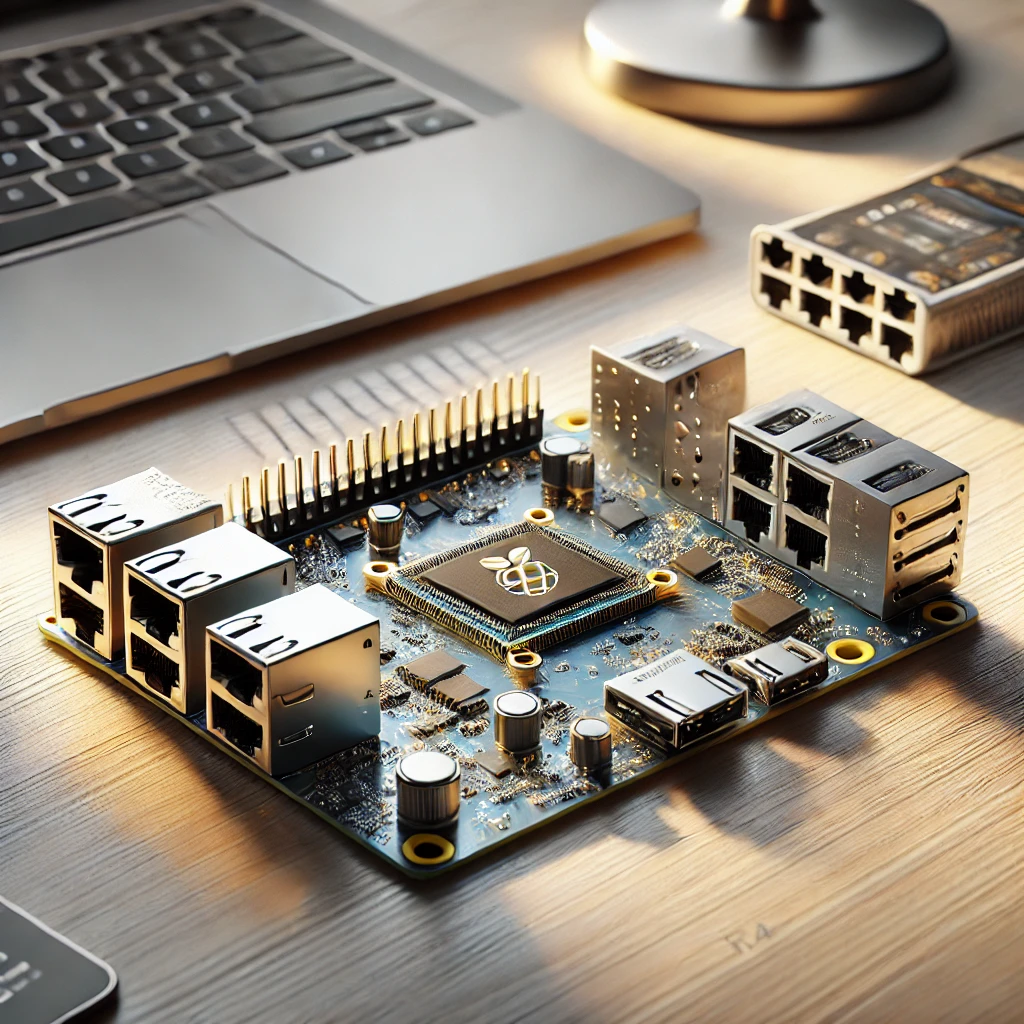Discover how the ESP32-C6 compares to other ESP32 models in terms of performance, power consumption, and new features like Wi-Fi 6 and Thread.
The Evolution of ESP32 Chips
The ESP32 series from Espressif has been a staple in the world of IoT (Internet of Things) devices, known for its flexibility, power efficiency, and affordability. With the introduction of the ESP32-C6, Espressif has added new features aimed at enhancing wireless communication and power efficiency. But how does the ESP32-C6 compare to its predecessors, like the ESP32 and ESP32-S2, in terms of performance and power consumption? Let’s explore the key differences and improvements that the ESP32-C6 brings to the table.
Performance Comparison: ESP32-C6 vs. Other ESP32 Models
One of the primary upgrades in the ESP32-C6 is its inclusion of Wi-Fi 6, Bluetooth 5.0, and Thread/Zigbee support, which vastly improve its wireless communication capabilities. Here’s a closer look at how the ESP32-C6 performs in comparison to other ESP32 models.
Wi-Fi Capabilities and Throughput
The ESP32-C6 stands out with its support for Wi-Fi 6 (802.11ax), which introduces several enhancements over the traditional Wi-Fi 4 (802.11n) found in earlier ESP32 models like the original ESP32 and ESP32-S2. Wi-Fi 6 improves overall throughput, particularly in environments with multiple connected devices, by utilizing technologies like OFDMA (Orthogonal Frequency Division Multiple Access) and Target Wake Time (TWT).
- ESP32: Supports Wi-Fi 4 (802.11n), capable of handling basic IoT tasks but limited in high-density environments.
- ESP32-S2: Features Wi-Fi 4 with single-band support and reduced power consumption, aimed at more power-efficient IoT projects.
- ESP32-C6: Wi-Fi 6 (802.11ax) provides better network efficiency, especially in environments with high device traffic, along with faster speeds and lower latency.
Wi-Fi 6 also allows for improved coexistence with other wireless technologies, such as Bluetooth and Zigbee, making the ESP32-C6 an ideal choice for IoT applications that require robust, low-latency communication.
Bluetooth and Mesh Networking
The ESP32-C6 includes Bluetooth 5.0, offering better range and speed compared to Bluetooth 4.2 in older ESP32 models. Bluetooth 5.0 also supports Mesh networking, which is especially useful in large-scale IoT deployments where devices need to communicate over long distances.
- ESP32 and ESP32-S2: Bluetooth 4.2 support is sufficient for simple IoT devices, but range and speed are limited compared to newer models.
- ESP32-C6: Bluetooth 5.0 offers up to 4x the range and 2x the speed of Bluetooth 4.2, making it more efficient for communication in smart home devices, wearables, and other IoT ecosystems.
Thread and Zigbee Support
The ESP32-C6 brings a major advantage with Thread/Zigbee support, which previous ESP32 models lacked. Thread is an IPv6-based, low-power mesh networking protocol used in IoT devices for applications like home automation and industrial monitoring.
- ESP32 and ESP32-S2: Lack support for Thread and Zigbee, relying only on Wi-Fi and Bluetooth for wireless communication.
- ESP32-C6: Thread/Zigbee support makes it an excellent choice for smart home projects that use mesh networking, improving both range and power efficiency in IoT applications.
Power Consumption: How the ESP32-C6 Stands Out
One of the most critical factors in IoT devices is power consumption, especially for battery-operated devices. The ESP32-C6 offers several improvements over previous models in terms of energy efficiency.
Target Wake Time (TWT) and Improved Battery Life
Thanks to Wi-Fi 6’s Target Wake Time (TWT) feature, the ESP32-C6 can negotiate with an access point when to wake up and transmit data. This leads to significant reductions in power consumption, particularly for devices that only need to transmit data intermittently.
- ESP32 and ESP32-S2: These models lack TWT, meaning they consume more power when maintaining a connection to an access point.
- ESP32-C6: TWT reduces power consumption in sleep modes, making it more suitable for battery-powered IoT applications, extending battery life.
Deep Sleep and Idle Power Consumption
All ESP32 models are known for their ability to operate in low-power modes like Deep Sleep and Light Sleep, but the ESP32-C6 takes this a step further with additional optimizations.
- ESP32: Consumes around 10 µA in deep sleep mode, which is sufficient for many IoT devices but can be power-hungry in always-on applications.
- ESP32-S2: Slightly improves power efficiency over the original ESP32, making it better suited for energy-sensitive applications.
- ESP32-C6: Further reduces power consumption in both sleep and idle states, thanks to enhanced power management features integrated with Wi-Fi 6 and Thread, making it more efficient for long-term, battery-operated devices.
Processing Power: Single-Core Efficiency
The ESP32-C6 features a single-core, 32-bit RISC-V processor, offering adequate processing power for most IoT tasks. In contrast:
- ESP32: Offers a dual-core, 32-bit Xtensa processor, which provides more computational power but also higher power consumption.
- ESP32-S2: Also features a single-core processor but with lower overall performance compared to the ESP32-C6’s RISC-V architecture.
While the ESP32-C6’s processing power is somewhat lower than the original ESP32, its efficiency and improved communication features more than make up for this in many IoT scenarios.
ESP32-C6 – A Modern Upgrade for IoT Applications
The ESP32-C6 brings significant improvements in both performance and power consumption, particularly for IoT applications requiring efficient wireless communication. With its support for Wi-Fi 6, Bluetooth 5.0, and Thread, it offers more robust connectivity options than previous models. The inclusion of Target Wake Time and improved power management features ensures that the ESP32-C6 consumes less energy, making it ideal for battery-powered and low-energy devices.
For projects where efficient wireless performance and power savings are priorities, the ESP32-C6 is an excellent choice over other ESP32 models. While it may have less processing power than the original ESP32, its advanced connectivity options make it a superior solution for modern IoT ecosystems.





